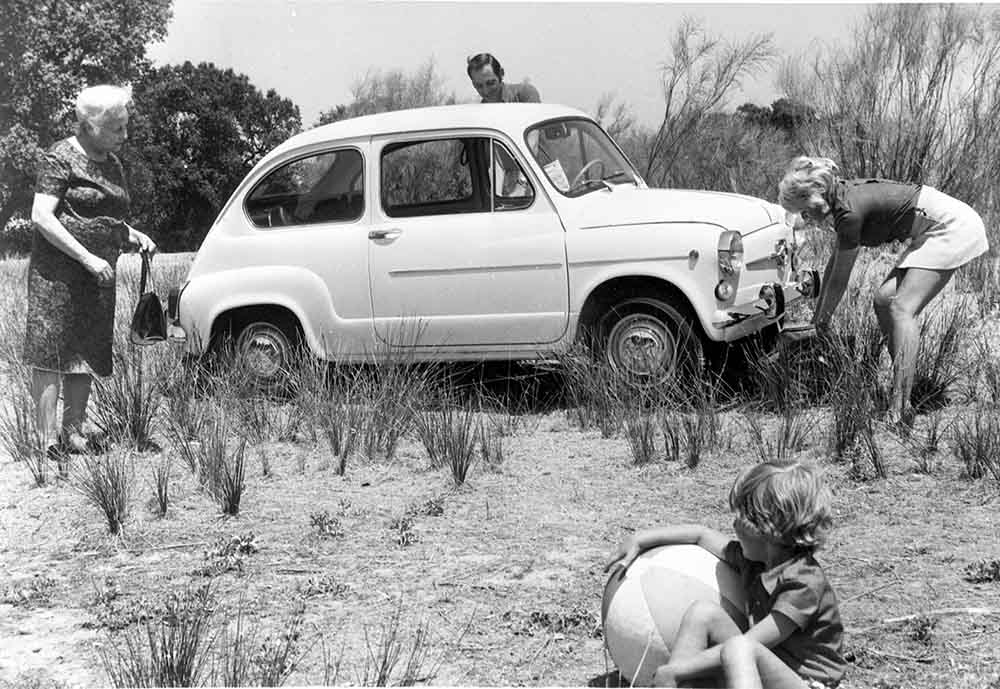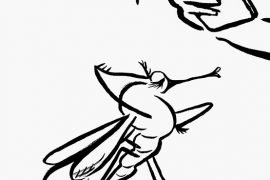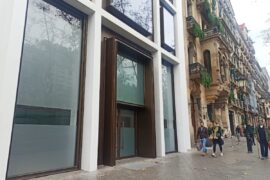[dropcap letter=”A”]
nyone who has reached a certain age surely can recall an anecdote related to the Seat 600 series. Whether it is the car cooler smoking and steaming half-way Toses mountain pass, or family outings at the seaside with our mother-in-law and the dog, crammed into that tiny cubicle, or that night you decided to «make out » in the back seat of the car, doing all kinds of gymnastic movements. The 600 is, without doubt, the car with the longest history of this country, more because of its social impact than its meagre benefits and services: with a cylinder capacity of 633 cc, the car hardly reached 90 km per hour.
Until Seat was founded, in 1950, Spain had been way behind the European motor sector, with an average of 3 vehicles for each 1,000 inhabitants and a car fleet of a bunch of old bangers, limited production companies like the Catalan brands Hispano Suiza or Abadal. But the Franco regime needed its car for the masses, as José Feliu quite rightly reports in Atlas Ilustrado del Seat 600 (an absolute must-read). The Francoist authorities signed an agreement with Italian-based Fiat to set up Seat’s main facilities in Zona Franca (Barcelona’s Free Zone): Barcelona would contribute with manpower, the Italians with technology and design, and collecting a fee of 4% of the car price and stamping the unpleasant ‘licencia Fiat’ under Seat’s shield.
Seat kicked off in 1400, but it was not until 1957, when the 600 became a low-cost item, that the vehicle sales truly rocketed: the unrivalled car’s autarchy had no market competition and, for years to come, the 600 was THE CAR, the status symbol par excellence, an indicator of social ascent and, to put it bluntly, of freedom. Although the two-horsepower Simca 1000, the Renault 4 and the Beetle were also on the market, none of them were feared competitors to the 600.
 When the car keys were eventually delivered, after two years on the waiting list and a cash advance of its overall price of 65,000 pesetas, you would quickly start the car and cross the country. Hives of Seat 600s swarmed around the country, going from a few thousands in 1957 to over 1 million vehicles in the late 1970s. The problem is that the number of cars has never stopped growing since then, resulting in traffic jams and pollution: there are currently 27 million cars for a population of 31 million of adults, where most cars circulate almost empty, apart from the driver.
When the car keys were eventually delivered, after two years on the waiting list and a cash advance of its overall price of 65,000 pesetas, you would quickly start the car and cross the country. Hives of Seat 600s swarmed around the country, going from a few thousands in 1957 to over 1 million vehicles in the late 1970s. The problem is that the number of cars has never stopped growing since then, resulting in traffic jams and pollution: there are currently 27 million cars for a population of 31 million of adults, where most cars circulate almost empty, apart from the driver.
The Seat 600 series made major contributions on the country’s collective imagery: it increased significantly roadside trade, triggered the appearance of second homes in residential areas and nurtured the origin of the essential figure of the Sunday Driver. Before then, our trips and outings had always been made by bus or on foot, but from then onwards any field or shade under the pines were perfect to cook a barbecue.
Many of the over 800,000 people who used to own a 600 now regret having sold it, and bought a new and more comfortable car. «If I had it now, I would show off a little!» Those who kept theirs constitute some sort of small sect and gather in legendary «friends’ meetings of the 600» in the words of the song by Catalan pop group Manel, organized by groups from all over the country and webpages like seiscientos.org. If you ever want to drive one, you’d better stay tuned and keep an eye on the news issued by the brewery Moritz: they have a few of them and often organize cultural events that will drive you, even if it’s just for a few minutes, back to the past, in one of those dear old bangers.




















